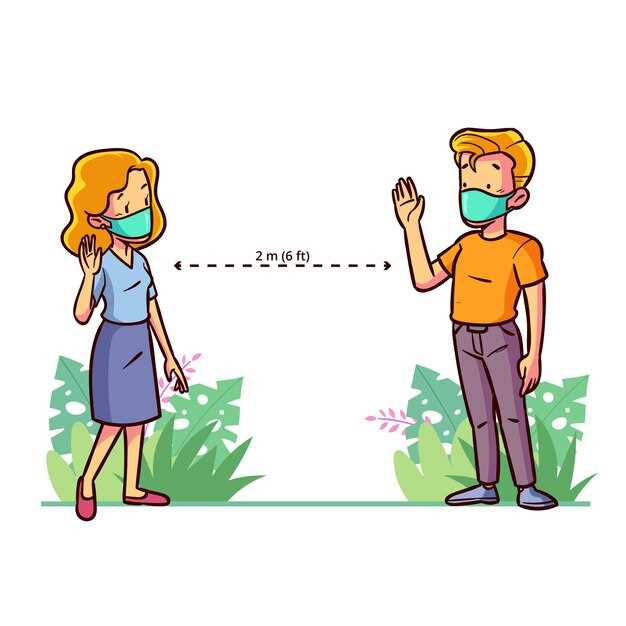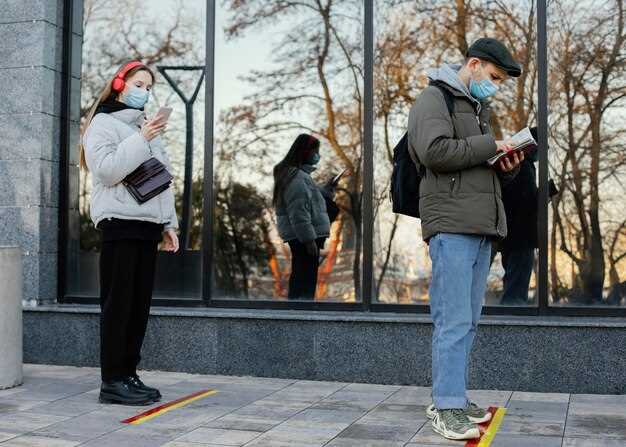
Maintaining a safe following distance while driving is crucial for ensuring the safety of all road users, especially on busy highways. The concept of following distance refers to the space between your vehicle and the one in front of you, which can significantly impact reaction time and the ability to prevent collisions. Understanding how to properly gauge this distance is essential for all drivers, whether they are on a leisurely drive or navigating high-speed traffic.
On a highway, where speeds are generally higher, the implications of inadequate following distance can be more severe. Drivers must be aware that reaction times increase as vehicle speed escalates. Therefore, a rule of thumb for determining a safe following distance is often expressed in seconds. By using the “three-second rule,” drivers can evaluate their spacing effectively: when the vehicle ahead passes a fixed point, such as a sign, count three seconds. If you reach that point before your count ends, you are too close and should increase your distance.
Factors such as weather conditions, road surface, and vehicle type also play a vital role in establishing a safe following distance. In adverse conditions, such as rain or fog, increasing the following distance becomes even more critical, as it allows for greater stopping time and reduces the likelihood of accidents. By being mindful of these factors and adjusting accordingly, drivers can create a safer driving environment for themselves and others on the highway.
Calculating Ideal Following Distance Based on Speed

Determining the ideal following distance is crucial for ensuring safety on the highway. The proper distance allows drivers to react in time to emergencies and maintain a smooth flow of traffic. The recommended following distance increases with speed, and understanding this relationship helps in calculating a safe distance.
One common guideline is the “three-second rule.” This method can be easily applied and is effective for most driving situations. To calculate the safe following distance using this rule:
- Choose a fixed object on the side of the highway, such as a sign or a tree.
- When the vehicle in front of you passes that object, start counting “one thousand one, one thousand two, one thousand three.”
- If you reach the object before you finish counting, you are following too closely. Increase your distance.
For higher speeds, a longer following distance is essential. Here’s a breakdown of ideal following distances based on speed:
- 30 mph: At this speed, a safe following distance is about 3 car lengths or approximately 60 feet.
- 50 mph: Drivers should maintain a distance of 5 car lengths or roughly 150 feet.
- 70 mph: A following distance of 8 car lengths or around 240 feet is advisable.
It’s important to remember that weather conditions, vehicle type, and road conditions can also influence the safe following distance. In poor weather, such as rain or fog, increasing the distance is essential to account for reduced traction and visibility.
By calculating and maintaining an appropriate following distance based on speed, drivers contribute to safer highways for everyone.
Adjusting Following Distance in Adverse Weather Conditions

Driving on a highway during adverse weather conditions, such as rain, snow, or fog, requires an increase in following distance to ensure safety. These situations can significantly reduce visibility and traction, increasing the risk of accidents.
In normal weather, a safe following distance is often calculated using the “three-second rule,” but this rule needs modification when conditions worsen. It is advisable to extend the following distance to at least five to six seconds in adverse conditions. This extra distance provides a buffer, allowing for more time to react to sudden stops or obstacles.
When driving in rain, the road becomes slick, which can lead to hydroplaning. Increasing the distance gives drivers adequate time to apply brakes gently, minimizing the risk of losing control. In snowy or icy conditions, it is crucial to keep an even greater distance, as stopping distances can triple or even quadruple.
Fog can severely impede visibility, making it difficult to judge distances. When driving in such conditions, maintaining a larger gap between vehicles not only helps with safe stopping but also ensures you have enough visibility to see brake lights ahead in time. Utilizing low beam headlights can improve visibility without causing glare to other drivers.
Furthermore, it’s essential to remain aware of how other drivers may react. Many may underestimate the effect of weather on stopping distance. Consequently, adjusting your following distance is not only about your own safety but also about creating a safer environment for everyone on the highway.
In summary, adapting following distance according to weather conditions is vital for safe driving. Always remember to assess the road conditions and adjust your distance accordingly–your safety and the safety of others depend on it.
Understanding Reaction Time and Its Impact on Following Distance
Reaction time is a critical factor in safe driving, especially on highways where speeds are higher. It refers to the duration between recognizing a hazard and taking action to avoid it, such as applying brakes or steering away. Understanding this concept is essential for determining an appropriate following distance.
The average driver has a reaction time of about 1.5 seconds. In this short span, a vehicle traveling at 60 miles per hour covers approximately 132 feet. This distance must be factored into the overall safe following distance to prevent collisions. In highway driving, where vehicles frequently accelerate and decelerate, a longer following distance can provide additional time to react to sudden stops or unexpected obstacles.
To calculate a safe following distance, drivers should consider not just their own reaction time but also the road conditions, vehicle speed, and the behaviors of surrounding drivers. For instance, in adverse weather conditions, such as rain or fog, both reaction time and stopping distance increase, necessitating a greater following distance. This adjustment can enhance safety by providing a buffer for unforeseen events.
In conclusion, understanding reaction time and its implications on following distance is vital for all drivers. This knowledge empowers them to adjust their driving behavior, ensuring they maintain a safe distance from other vehicles, thereby reducing the likelihood of accidents on the highway.



